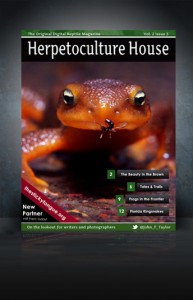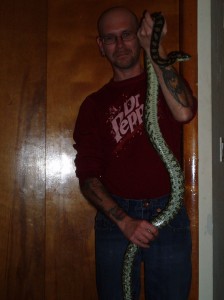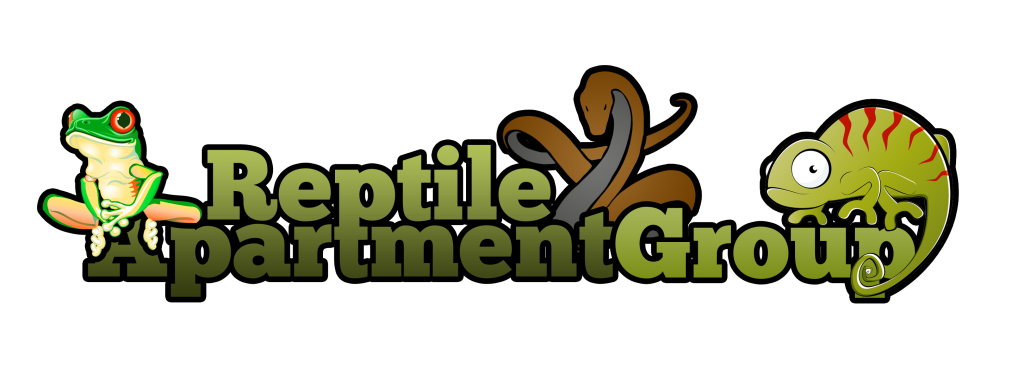
 General Information: Wild Boas (Boa constrictor) are found throughout central and south america. Most of the boa constrictors in the pet trade are descendants from the variety found in Colombia and central america, often called Colombian or Central American Boas (Both are B. c. imperator). There are many other boas available as well, most of which are the same species but different subspecies because they have evolved into a variety of colors, patterns and sizes depending on their native locality. Some other popular varieties that are often commonly available are True Red-tail Boas from Peru, Guyana, Colombia and Suriname (All are B. c. constrictor), Island Boas such as the Hog Island Boa or the Cay Caulker Boa (Both are B. c. imperator) and Argentine Boas (Boa constrictor occidentalis). Boas are generally found in the humid jungles that exist throughout south and central america, surviving mainly on a diet of rodents and birds. Most boas reach sizes around 8 ft but there are varieties that range in adult size from 4 ft (Central American Boas) to as much as 12+ feet (True Red-tails). Boas can live as long as 30 years with record ages being as high as 40.
General Information: Wild Boas (Boa constrictor) are found throughout central and south america. Most of the boa constrictors in the pet trade are descendants from the variety found in Colombia and central america, often called Colombian or Central American Boas (Both are B. c. imperator). There are many other boas available as well, most of which are the same species but different subspecies because they have evolved into a variety of colors, patterns and sizes depending on their native locality. Some other popular varieties that are often commonly available are True Red-tail Boas from Peru, Guyana, Colombia and Suriname (All are B. c. constrictor), Island Boas such as the Hog Island Boa or the Cay Caulker Boa (Both are B. c. imperator) and Argentine Boas (Boa constrictor occidentalis). Boas are generally found in the humid jungles that exist throughout south and central america, surviving mainly on a diet of rodents and birds. Most boas reach sizes around 8 ft but there are varieties that range in adult size from 4 ft (Central American Boas) to as much as 12+ feet (True Red-tails). Boas can live as long as 30 years with record ages being as high as 40.
Boas As Pets: Boas are probably the perfect pet for someone who wants an easy, exotic, friendly pet. They reach average sizes of 6-10 ft making them extremely impressive yet still manageable for a single individual. Even as babies they are usually extremely tame and even the most nippy individuals can be tamed with minimal handling. They eat only once a week but it is important that the owner is comfortable with the idea of feeding their boa mice, rats or even rabbits or chickens eventually.
Argentine Boa
Housing: A twenty gallon terrarium is an excellent starter size for a baby boa. This size tank will last about a year. Most boas ultimately will need a cage six feet long and about 15-24 inches high. Smaller boas, such as the Central American Boa or the Cay Caulker Boa, can be kept in a smaller four foot long terrarium.
Substrate: The best choice for a boa cage in Arizona is bark. Many books and even some breeders who are based in more humid areas will recommend aspen or newspaper but it tends to be too dry. Reptibark, Eco Earth, or Cypress mulch all make great choices. They will all absorb moisture when misted and help keep the terrarium humid.
Guyana and Suriname True Redtails
Heating: The ambient air temperature in a boa enclosure should be between 80-85 degrees F during the day. At night, the enclosure should not be allowed to drop lower than 78 degrees. The basking spot should be 95-100 degrees. As long as your boa is in a room where it is light enough to have a day and night cycle, fluorescent lighting is not necessary. Heat bulbs or ceramic heat emitters are usually best for daytime lighting. Heat pads, and ceramic heat emitters or a combination of the three can be used at night.
 For issue 5 of Herpetoculture House Magazine Graeme Lotter penned our first piece on captive care of a venomous species. He writes in depth regarding the Captive Care of the Common Bush Viper Atheris squamigera download the complete article for free right here! Graeme takes us on a journey within the world of the Common Bush Viper in captivity from start to finish as it were, telling us about how they are collected to their behaviors in the captive environment.
For issue 5 of Herpetoculture House Magazine Graeme Lotter penned our first piece on captive care of a venomous species. He writes in depth regarding the Captive Care of the Common Bush Viper Atheris squamigera download the complete article for free right here! Graeme takes us on a journey within the world of the Common Bush Viper in captivity from start to finish as it were, telling us about how they are collected to their behaviors in the captive environment.













